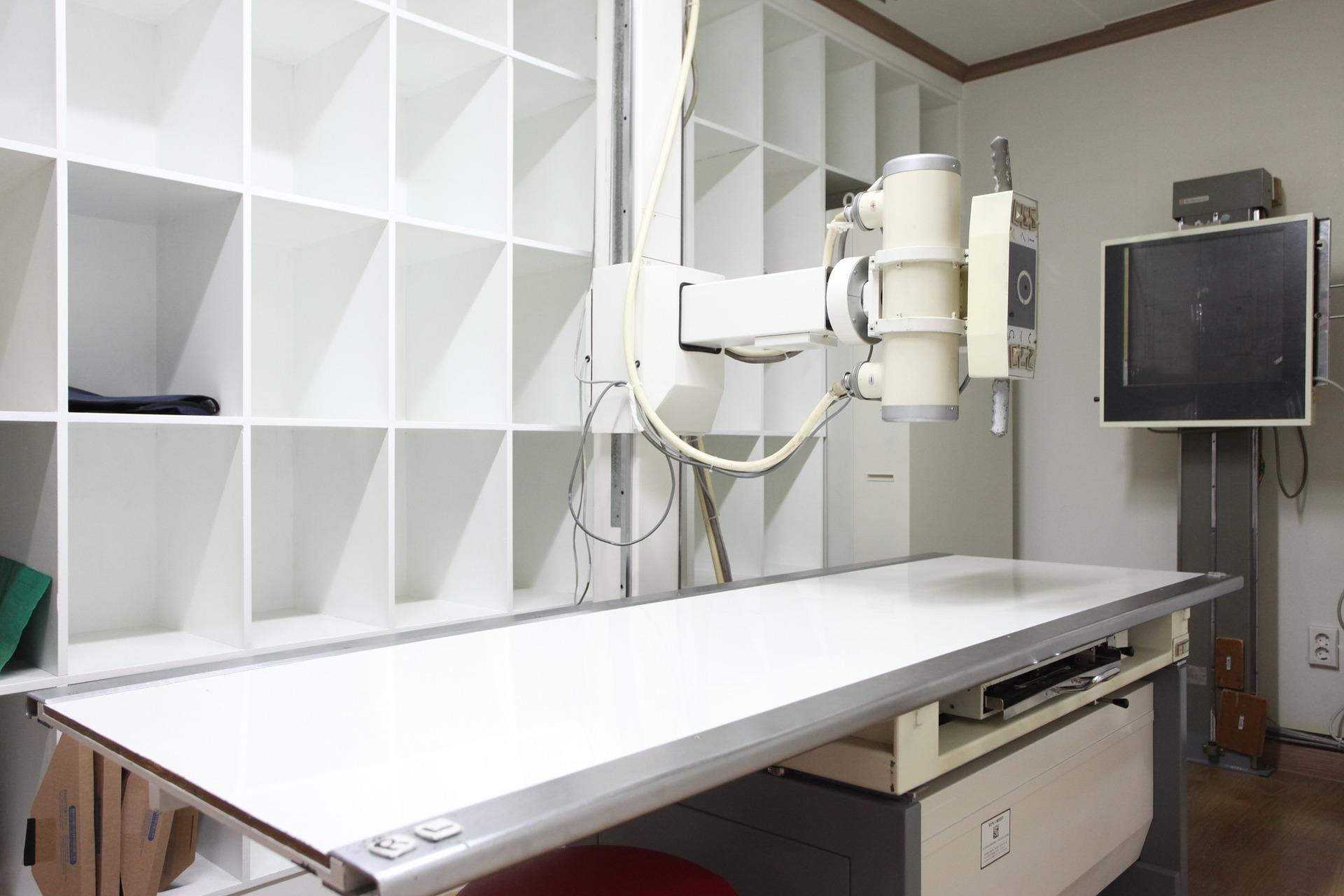
Among older people, vertebral compression fractures are very common, and those with such fractures are at high risk of incurring new ones. Findings in a new thesis from the University of Gothenburg indicate that a simple X-ray method should be introduced as a routine procedure in Swedish health care. More elderly patients can then be diagnosed and given the most efficacious drugs, writes the Swedish university in a press release.
Vertebral compression means that the spine is compressed, causing a fracture in one of the vertebrae. Vertebral compression fractures (VCFs) occur easily in people with osteoporosis and affect older women in particular.
The thesis confirms previous research showing that 25 percent of older women between 75 and 80 have VCFs. However, the majority are unaware that these are causing their back pain – only one in three is diagnosed. Based on population statistics from Statistics Sweden (SCB), there are at least 40,000 older women in Sweden who do not know they have VCFs.
Diagnostic imaging required
Vertebral compressions do not necessarily result in distinct symptoms. Imaging is needed to detect these spinal fractures. If more people were diagnosed, many fractures, much suffering and heavy costs could be avoided.
“People who have had a vertebral compression fracture have more than twice the risk of getting a new one, which means they belong in the high-risk group. So they should be considered for the most efficacious drugs that not only stop bones from collapsing, but also build them up,” says Lisa Johansson, doctoral student at Sahlgrenska Academy, University of Gothenburg, who authored the thesis.

Efforts to prevent fractures in older people vary around the country. In some regions, but not all, there are established “fracture liaison services,” as they are known in Sweden. These ensure that investigations of fractures are structured in a way that greatly reduces the risk of repeat fractures. When elderly patients have suffered fractures, their hip and lumbar spine bone density is examined with the dual-energy X-ray absorptiometry (DXA) method, to find out if they need treatment for osteoporosis. DXA can then also be used to get a side view of the chest and lumbar spine, with a method called vertebral fracture assessment (VFA), in which the height of the vertebrae is analyzed.
Should be a routine procedure
The thesis shows that VFA is of great clinical benefit, and the results suggest that the method should be introduced as a routine procedure in health care nationwide.
“The VFA method provides a very low radiation dose, and it’s fast, cheap, simple, and effective in finding vertebral compressions. It’s a valuable method for diagnosing relevant compressions, and significantly improves fracture risk assessment in older women,” Johansson says.
The thesis is based on the SUPERB (Sahlgrenska University Hospital Prospective Evaluation of Risk of Bone Fractures) population study, which included 3,028 women in Gothenburg, between 75 and 80 years old. The study shows that the women with VCFs had lower hip bone density to a greater extent, and their physical functional capacity and health was poorer. The women who had an identifiable vertebral compression, even if it was classed as mild, had a markedly increased fracture risk entirely independent from other risk factors and bone density.
Selected for you!
Innovation Origins is the European platform for innovation news. In addition to the many reports from our own editors in 15 European countries, we select the most important press releases from reliable sources. This way you can stay up to date on what is happening in the world of innovation. Are you or do you know an organization that should not be missing from our list of selected sources? Then report to our editorial team.




